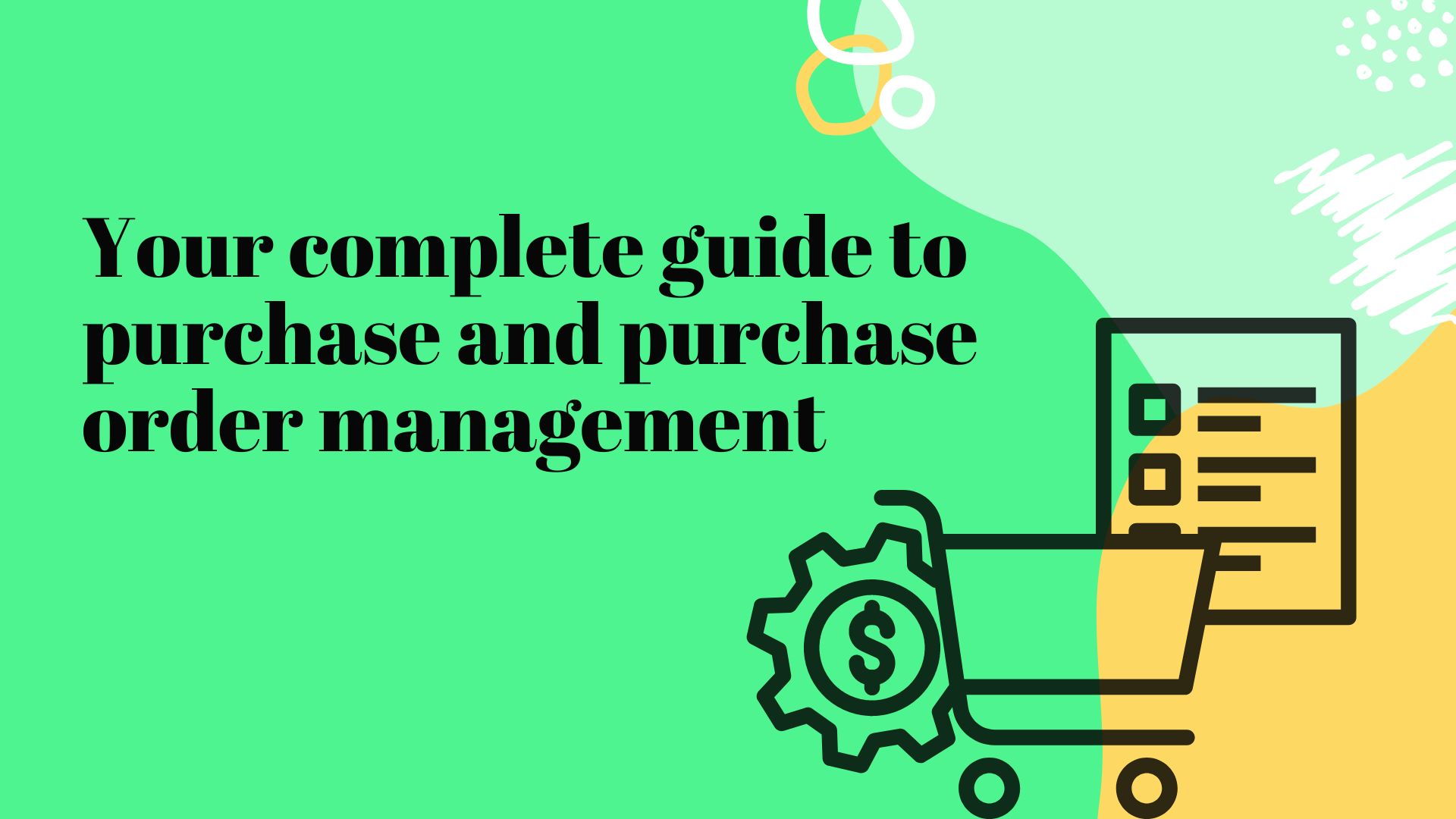In the complex dance of supply chain management, mastering the steps of purchasing and purchase order management can transform your business’s efficiency, cost-effectiveness, and overall success. This comprehensive guide delves into the essential components, strategies, and tools that will streamline your purchase order process, ensuring you keep pace with the demands of your dynamic inventory landscape. Whether you’re a small business owner, a warehouse manager, or an inventory specialist, understanding these principles is pivotal to optimizing your operations and fostering robust supplier relationships.
Understanding Purchases and Purchase Orders
What Are Purchases and Purchase Orders?
- Purchases: This term refers to the act of buying goods and services needed by your business. These can range from raw materials for manufacturing to office supplies.
- Purchase Orders (POs): A purchase order is a formal document sent from a buyer to a supplier to authorize the purchase of products or services. It includes details such as product types, quantities, prices, and delivery terms.
The Purchase Order Process: A Step-by-Step Guide
- Creating a Purchase Requisition: Before a PO is issued, a purchase requisition is often submitted internally within a company to request the purchase of items. This document is reviewed and approved by the relevant authority within the organization.
- Selecting Suppliers: Choosing the right suppliers involves evaluating quality, price, reliability, and service levels. Building strong relationships with suppliers is crucial for negotiating better terms and ensuring supply chain reliability.
- Issuing the Purchase Order: Once a supplier is selected, a PO is generated and sent. This document serves as a legal offer to buy products or services.
- Supplier Acknowledgment: Upon receiving the PO, the supplier confirms whether they can meet the terms outlined, which may involve negotiations.
- Delivery and Inspection: After the supplier agrees to the PO, they deliver the goods or services. The buyer then inspects the delivery to ensure it meets the agreed specifications.
- Invoice Approval and Payment: The supplier sends an invoice, which the buyer matches with the PO and delivery note before approving payment. This three-way match ensures order accuracy and prevents overpayments.
- Record Keeping: Maintaining detailed records of all POs, invoices, and receipts is essential for managing budgets, forecasting, and audit trails.
Best Practices for Purchase Order Management
- Automate the Process: Implementing purchase order software can dramatically increase efficiency, reduce errors, and provide real-time visibility into your purchasing process.
- Standardize Operations: Create standardized procedures for purchase requisitions, PO approvals, and supplier selections to ensure consistency and control.
- Cultivate Supplier Relationships: Develop strategic partnerships with key suppliers to improve communication, negotiate better terms, and enhance supply chain resilience.
- Monitor Performance: Regularly assess the performance of your suppliers and the effectiveness of your purchasing process to identify areas for improvement.
- Invest in Training: Ensure your team understands the purchase process and the importance of accurate, timely management of purchase orders.
The Impact of Efficient Purchase Order Management
Effective purchase order management can lead to significant benefits, including:
- Cost Reduction: Streamlined processes and strategic supplier relationships can result in lower purchasing costs.
- Improved Inventory Control: Better visibility and management of purchases help maintain optimal inventory levels, reducing the risk of stockouts or overstocking.
- Enhanced Supplier Performance: Strong communication and partnerships with suppliers ensure higher quality goods and services.
- Increased Operational Efficiency: Automation and standardization speed up processes, reduce errors, and free up staff to focus on strategic tasks.
In conclusion, efficient purchase and purchase order management are foundational to successful inventory and supply chain management. By understanding and implementing the steps and best practices outlined in this guide, businesses can enhance their operations, reduce costs, and improve supplier relations, setting the stage for sustained growth and profitability.









